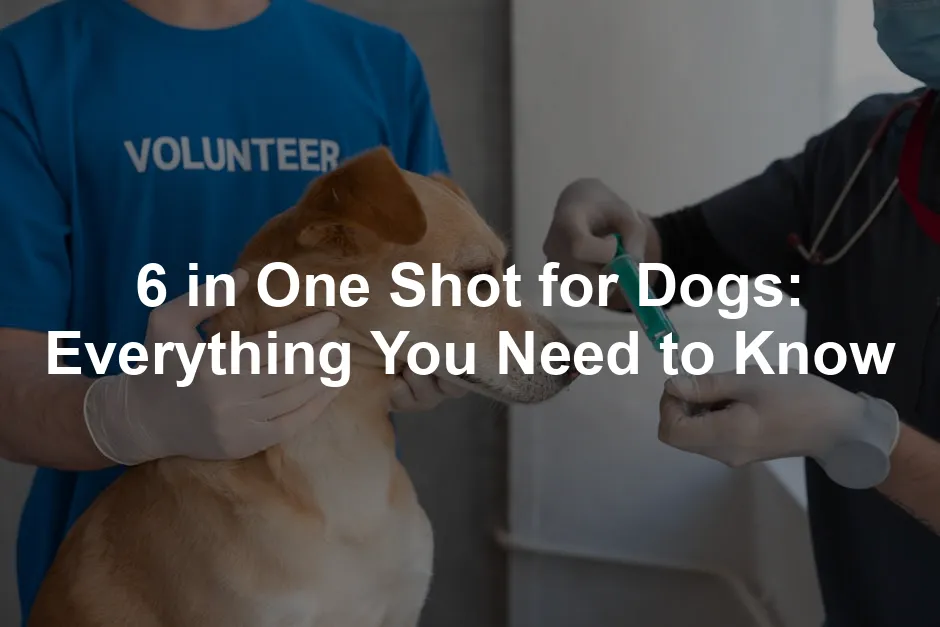Introduction
The 6-in-1 vaccine for dogs combines protection against several diseases. It’s crucial for safeguarding your furry friends from serious health threats. This information is essential for dog owners and those considering bringing a new pet into their lives.
Speaking of protecting your pup, have you thought about equipping yourself with a Dog First Aid Kit? It’s a must-have for any responsible pet parent. After all, we never know when our adventurous dogs might get into a scrape! This kit will have you covered for minor injuries and emergencies, giving you peace of mind.
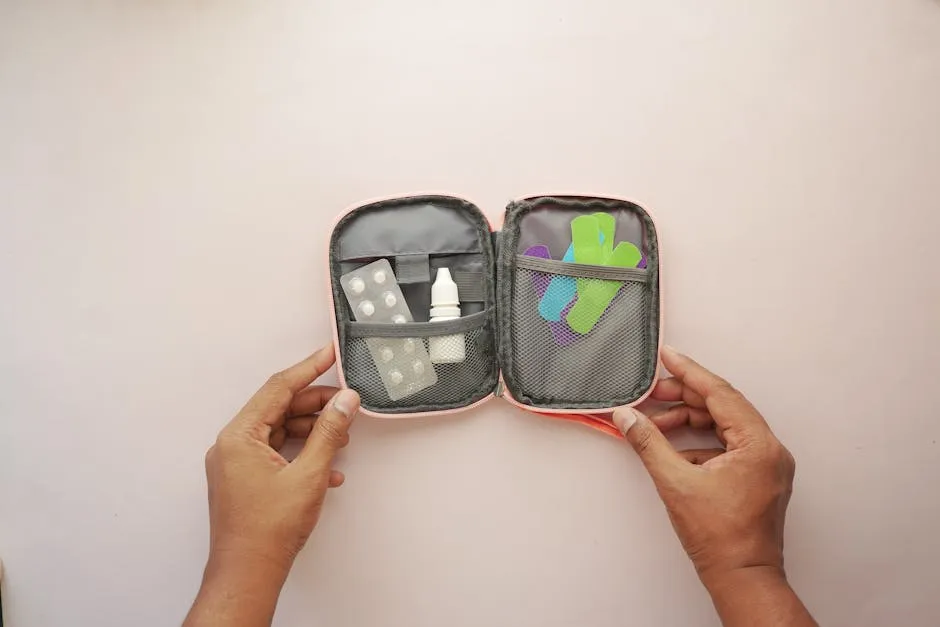
Summary and Overview
The 6-in-1 vaccine, often referred to as DA2PPV + Cv, protects against six significant canine diseases: Canine Distemper, Parvovirus, Adenovirus Type 1 (hepatitis), Adenovirus Type 2 (kennel cough), Parainfluenza, and Canine Coronavirus. Vaccinating your dog is vital to prevent these highly contagious and potentially fatal illnesses.
Typically, puppies receive this vaccine starting at six weeks old, with follow-up shots every two to four weeks until at least 16 weeks of age. Adult dogs should receive annual boosters. Using a combination vaccine like this offers convenience and ensures comprehensive protection, reducing the need for multiple separate shots.
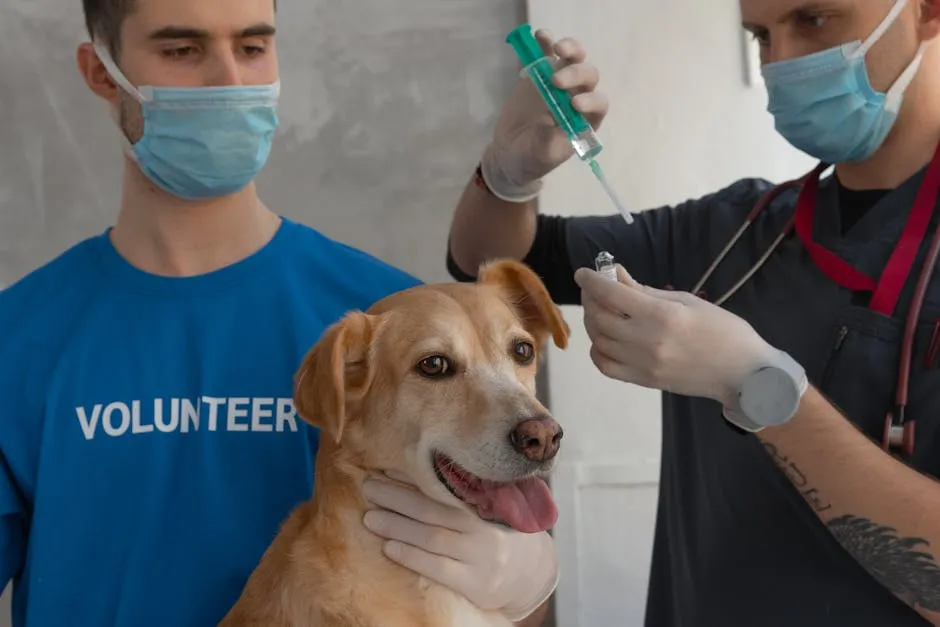
What is the 6-in-1 Vaccine for Dogs?
Overview of the Vaccine
The 6-in-1 vaccine is an injectable solution that provides broad protection against various diseases. It combines immunizations into one shot, making it easier for pet owners to manage their dog’s health. The vaccine covers:
- Canine Distemper
- Infectious Canine Hepatitis (Adenovirus Type 1)
- Canine Adenovirus Type 2 (kennel cough)
- Canine Parvovirus
- Canine Parainfluenza
- Canine Coronavirus
This combination helps to maintain your dog’s health and prevent outbreaks in the canine community.
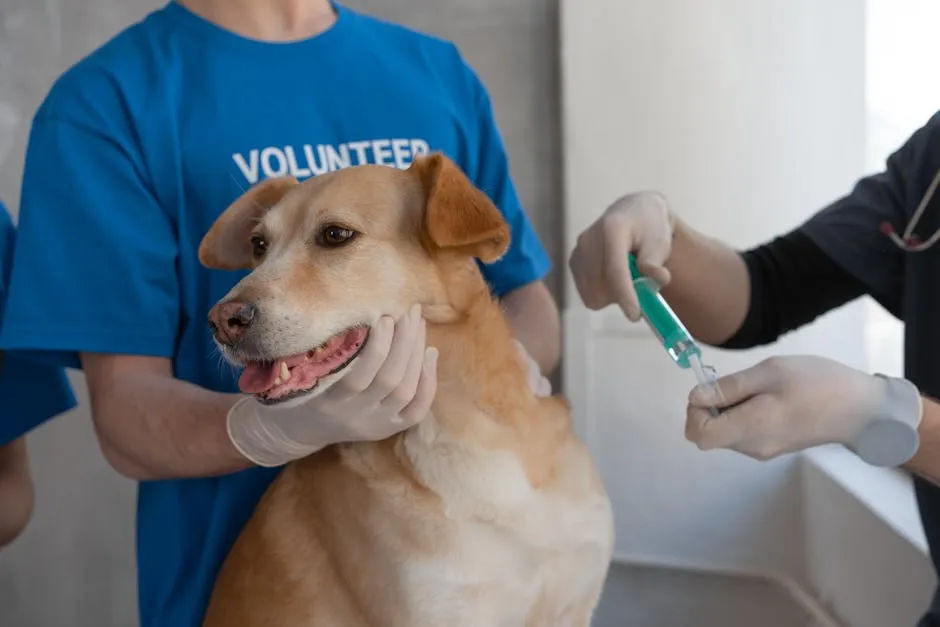
And speaking of maintaining health, a Canine Health Handbook can be your best friend. It’s packed full of tips and insights to keep your dog healthy and happy. Trust me, it’s like having a vet in your pocket!
How the Vaccine Works
Vaccines work by stimulating the immune system to recognize and fight off specific pathogens. The 6-in-1 vaccine uses modified live and killed virus components to prepare your dog’s immune response.
Modified live vaccines contain weakened forms of the virus, which provide quicker immunity. In contrast, killed vaccines contain dead virus particles, leading to a safer option for sensitive dogs. Both types are essential for preventing serious diseases in your furry friend. Vaccination significantly reduces the risk of illness, protecting both your dog and others in your community.

Vaccination Schedule
When Should Dogs Be Vaccinated?
Vaccinating your dog is crucial for their health. Puppies should start their vaccinations at six weeks old. The recommended schedule involves shots every two to four weeks. This process continues until they reach at least 16 weeks. Adult dogs typically need annual boosters to maintain immunity.
Certain factors can affect this schedule. For instance, a dog’s age and health status play a significant role. Pregnant dogs should not be vaccinated, as it can harm the puppies. Always consult your veterinarian for personalized guidance. They can help ensure your dog receives the right vaccinations at the appropriate times.
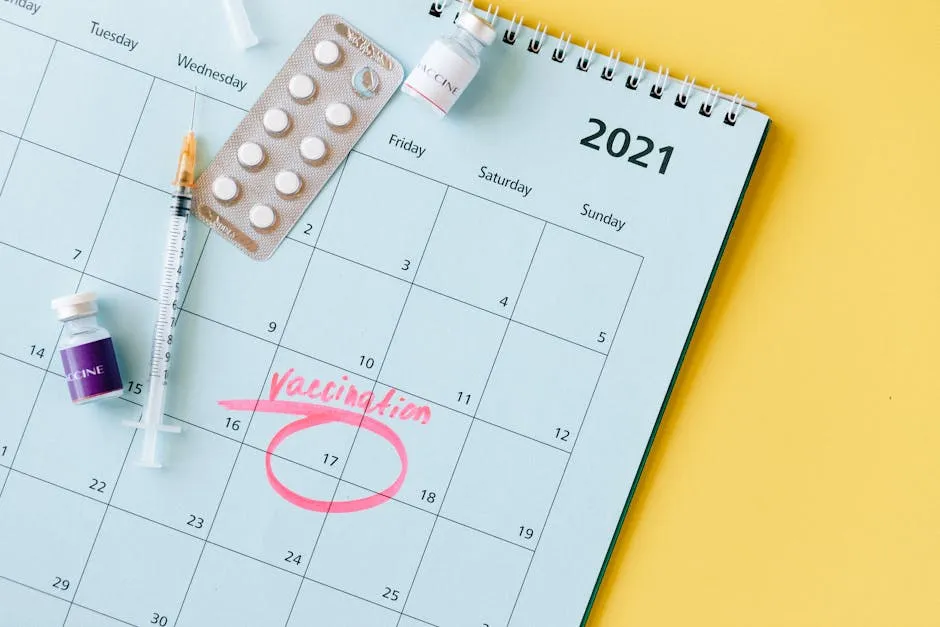
For a detailed plan on when to vaccinate your dog, check out our comprehensive guide on the dog vaccination schedule.
How Many Shots Does a Puppy Need?
Puppies require several doses of the 6-in-1 vaccine for full immunity. Generally, they need two initial doses. The first is given at six weeks, followed by a second dose two to three weeks later. This schedule helps build a strong immune response.
Maternal antibodies from the mother can impact vaccine effectiveness. They provide some protection but can interfere with the puppy’s immune response. Therefore, the timing of vaccinations is essential. Always discuss individual health considerations with your vet to ensure the best outcomes for your puppy’s health. Following up with vaccinations is vital for long-term protection against serious diseases.

Benefits of the 6-in-1 Vaccine
Health Benefits
The 6-in-1 vaccine offers significant health benefits for dogs. It protects against six serious diseases, reducing the risk of outbreaks. Vaccinated dogs contribute to a healthier canine community.
Statistics show that vaccinated dogs are far less likely to contract these illnesses. For instance, Canine Parvovirus can be deadly, especially for puppies. In contrast, non-vaccinated dogs face higher risks of severe health issues.
Moreover, when more dogs are vaccinated, herd immunity strengthens. This means fewer chances for diseases to spread in the community. By vaccinating your dog, you’re playing a vital role in overall dog health and safety.
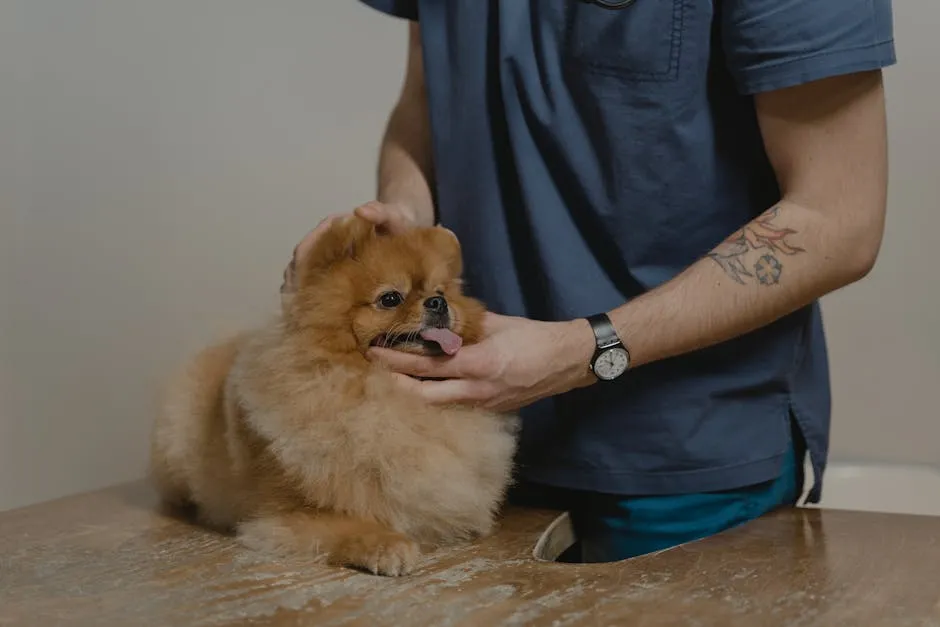
Convenience and Cost-Effectiveness
Getting the 6-in-1 vaccine for your dog is a huge time-saver. Instead of juggling multiple appointments for separate vaccines, you can handle everything in one visit. This means less stress for both you and your furry friend. Who doesn’t want to cut down on those trips to the vet?
Financially, this combination vaccine is smart. Individual vaccines can add up quickly, often costing more than the 6-in-1 shot. For instance, if each separate vaccine costs around $20 and you need six, that totals $120. In contrast, the 6-in-1 vaccine is frequently priced around $11.99 to $15.99. That’s a significant saving!
Moreover, by opting for the combination shot, you help reduce the risk of missed vaccinations. This proactive approach can save you from costly health issues down the line. So, not only do you save time and money, but you also secure better health for your pup. It’s a win-win situation for every dog owner.
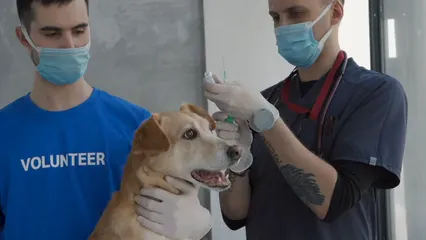
And while you’re at it, consider investing in a Dog Vaccination Schedule Planner. This handy tool will help you track your dog’s vaccination history, ensuring you never miss an appointment. It’s like having a personal assistant for your pup’s health!
Side Effects and Precautions
Common Side Effects
Like any vaccine, the 6-in-1 shot can cause mild side effects. Most dogs might experience soreness at the injection site or a slight fever. These symptoms are generally short-lived and resolve within a day or two. Keeping an eye on your dog after vaccination is essential, as it allows you to catch any unusual behaviors.
Severe reactions are rare, but they can happen. Symptoms like extreme lethargy, swelling, or difficulty breathing should prompt an immediate call to your vet. Monitoring your dog after vaccination will help ensure any issues are addressed quickly. Remember, your pet’s well-being is top priority!
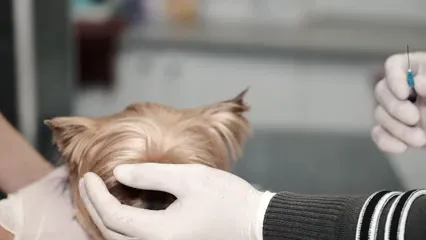
When to Avoid Vaccination
Certain conditions may warrant postponing vaccination. Pregnant dogs, for example, should not receive the 6-in-1 shot, as it can harm the puppies. Sick dogs or those with compromised immune systems should also avoid vaccinations until they are healthy again.
Always consult your veterinarian if you have concerns. They can provide personalized advice based on your dog’s health history. Vaccination is crucial, but it must be done safely. Ignoring these guidelines can lead to unnecessary risks for your pet’s health. Prioritizing their well-being ensures a happier and healthier life for your furry friend.
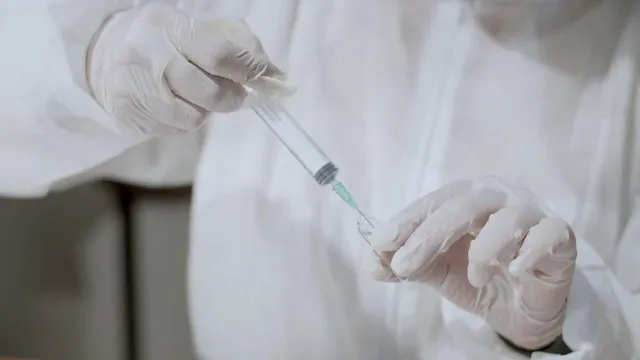
Where to Get the Vaccine
Veterinary Clinics vs. Home Administration
When it comes to vaccinating your dog, you have two main options: veterinary clinics or home administration. Veterinary clinics offer professional administration, ensuring vaccines are given correctly. Vets also monitor your dog for any immediate reactions. This professional guidance is invaluable, especially if your dog has health issues.
On the other hand, administering vaccines at home can be convenient and cost-effective. You can save time and avoid stressful vet visits. However, this requires careful adherence to guidelines. You must understand proper storage and administration techniques. Always prioritize following safe protocols to avoid potential health risks. Choosing between these options depends on your comfort level and your dog’s health needs.
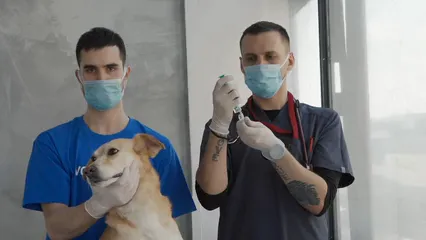
Also, consider picking up a Pet Thermometer. It’s handy for monitoring your dog’s temperature, especially after vaccination. Keeping tabs on their health is always a smart move!
Finding Reputable Vaccine Providers
Finding a reliable veterinary clinic for your dog’s 6-in-1 vaccine is crucial. Start by researching local veterinarians. Look for clinics with good reputations and positive reviews from other pet owners. Websites and social media can be great resources for this.
Don’t hesitate to ask questions about their vaccination practices. Inquire about their credentials and any certifications they hold. A reputable provider should be open and informative. Remember, your dog’s health is at stake, so take the time to ensure you choose wisely. Proper vaccination is a fundamental aspect of responsible pet ownership.
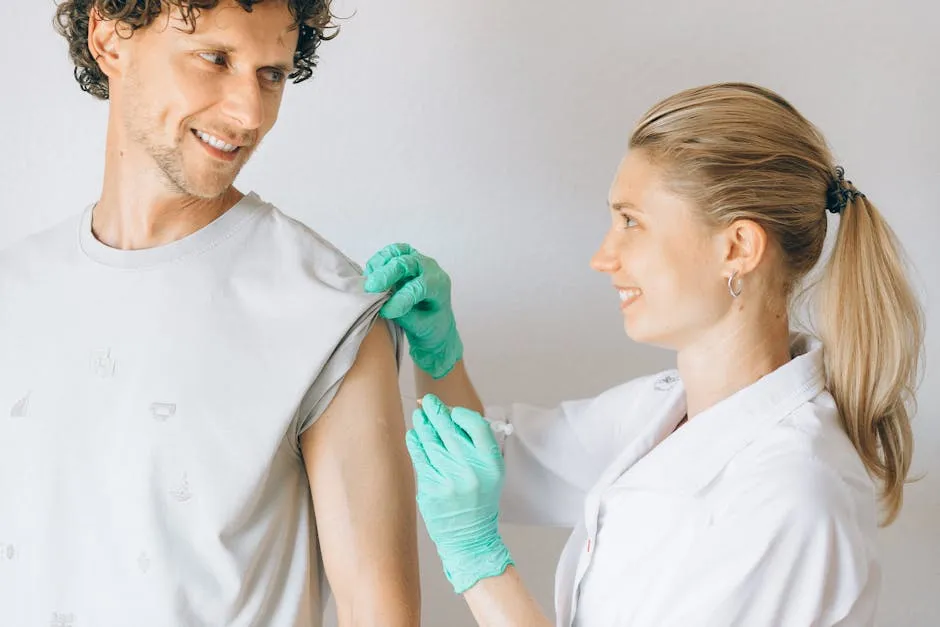
Conclusion
The 6-in-1 vaccine is vital for your dog’s health. It protects against serious diseases and helps maintain a healthy canine community. Staying informed about vaccination schedules is essential. Responsible pet ownership plays a significant role in preventing disease. Make sure your furry friend receives the care they deserve!
FAQs
What diseases does the 6-in-1 vaccine protect against?
The 6-in-1 vaccine safeguards your dog from six major diseases. These include Canine Distemper, a highly contagious viral infection. It also protects against Parvovirus, known for its severe impact on puppies. Additionally, the vaccine covers Adenovirus Type 1, which causes hepatitis, and Adenovirus Type 2, associated with kennel cough. Your dog is also protected from Parainfluenza, a respiratory virus, and Canine Coronavirus. This comprehensive coverage is essential for maintaining your dog’s health and preventing serious outbreaks.
How often should my dog receive the 6-in-1 vaccine?
Puppies typically start vaccinations at six weeks old. The 6-in-1 vaccine is given in a series, with follow-up shots every two to four weeks. This schedule continues until the puppy reaches at least 16 weeks. For adult dogs, annual boosters are recommended to maintain immunity. Factors such as your dog’s health and lifestyle may influence the vaccination schedule. Always consult your veterinarian for personalized recommendations based on your dog’s specific needs.
Are there any risks associated with the 6-in-1 vaccine?
Like all vaccines, the 6-in-1 shot carries some risks. Common side effects include mild soreness at the injection site and a slight fever. These symptoms usually resolve quickly without intervention. Rarely, dogs may experience severe reactions, such as swelling or difficulty breathing. If you notice unusual behavior after vaccination, contact your veterinarian immediately. Monitoring your dog closely post-vaccination can help ensure their well-being and address any potential issues promptly.
Can I give my dog the 6-in-1 vaccine at home?
Administering the 6-in-1 vaccine at home is possible but not always advisable. The benefits of professional administration include expert handling and monitoring for immediate reactions. Vets are trained to ensure proper technique and storage requirements. On the other hand, home administration can save time and money. However, if you choose this route, make sure you understand the correct procedures. Always prioritize your dog’s safety and consult your vet for guidance.
What should I do if my dog shows side effects after vaccination?
If your dog experiences side effects after the 6-in-1 vaccine, stay calm. Monitor their behavior closely for changes, such as lethargy or discomfort. Mild reactions are common and typically resolve on their own. However, if your dog shows signs of a severe reaction, like swelling or difficulty breathing, seek veterinary care immediately. It’s always better to err on the side of caution. Keeping your vet’s contact information handy is a smart move for any pet owner.
Is the 6-in-1 vaccine safe for older dogs?
Yes, the 6-in-1 vaccine is generally safe for older dogs. However, their health status should be evaluated before vaccination. Older dogs may have underlying health conditions that could affect their response to the vaccine. Always consult with your veterinarian to assess the risks and benefits. Your vet can provide tailored advice based on your dog’s health history and any medications they may be taking. Ensuring a safe vaccination experience is essential for your older dog’s well-being.
Please let us know what you think about our content by leaving a comment down below!
Thank you for reading till here 🙂 And don’t forget to check out Dog Treats for Training to reward your furry friend during their training sessions!
All images from Pexels

